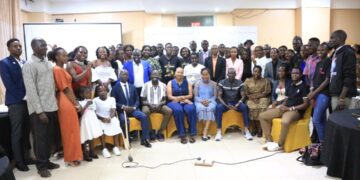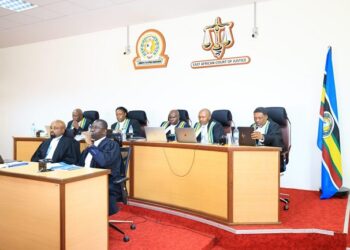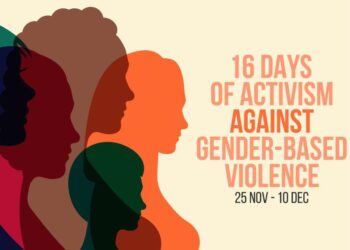OPINION
Uganda has made remarkable strides in poverty reduction over the past two decades. However, a recent report from the National Planning Authority (NPA) highlights that a significant number of youth remain vulnerable to falling back into poverty. Many young people are neither employed, enrolled in education, nor engaged in vocational training. Additionally, Ugandan youth who depend on agriculture for their livelihoods face numerous challenges, including limited access to financing, training, and modern farming techniques, exacerbating poverty levels in the country.
The Urgency of Addressing Youth Unemployment
Youth unemployment remains a pressing issue in Uganda. According to the World Bank, the unemployment rate for individuals aged 15-24 stood at 4.46% in 2024, reflecting an increase from 2.23% in 2023. However, this figure may not fully capture the extent of youth underemployment and informal work in the country, as Uganda’s reported unemployment rate appears lower than global averages.
Recognizing the critical need for sustainable solutions, the Ugandan government launched the Uganda Green Growth Development Strategy (UGGDS) for the period 2017/2018, 2030/2031. This initiative identifies green economic sectors, including agriculture, sustainable forestry, clean energy, and tourism, as key drivers of investment and economic development. The strategy acknowledges the potential of these sectors in creating jobs and addressing climate challenges.
The Potential of Green Growth for Job Creation and Sustainability
The Uganda Green Growth Development Strategy estimates that nearly four million jobs can be created through investments in green sectors. Additionally, future greenhouse gas emissions could be reduced by 28%, equivalent to 30.4 million tons, surpassing the national NDC target of 22%.
Notably, green economic activities already play a vital role in Uganda’s economy. Agriculture alone employs nearly 70% of Uganda’s labor force. Furthermore, the green economic sectors contribute significantly to the country’s GDP, with agriculture, tourism, and fisheries contributing 24%, 3.64%, and 3%, respectively.
Challenges Faced by Ugandan Youth
Despite the promising opportunities in green economic sectors, many young Ugandans, particularly those in remote areas, continue to face unemployment, deepening poverty and forcing vulnerable groups, especially girls, into early marriages. The National Labour Force Survey (2019/2020) indicates that 30% of qualified youth struggle to find employment due to a lack of awareness about emerging skill requirements in the green economy.
Actionable Steps to Empower Youth
To reduce youth unemployment and promote sustainable economic growth, the Ugandan government and stakeholders must take decisive action:
Develop Training Programs: Equip youth with essential skills in green sectors, including sustainable agriculture, renewable energy, and eco-tourism.
Increase Investments in Green Infrastructure: Expand renewable energy projects and create green spaces to stimulate economic growth.
Raise Awareness and Promote Education: Educate youth, communities, and stakeholders about green economic opportunities and their long-term benefits.
Leverage Digital Platforms: Provide accessible online resources for green economy information, training, and market opportunities.
By prioritizing these initiatives, Uganda can empower its youth to harness the potential of green economic growth, reduce unemployment, alleviate poverty, and contribute to a sustainable future for all Ugandans.
By Olive Atuhaire,
The writer is a Ugandan Youth Activist
Email: atuhaireolivia72.ao@gmail.com







































